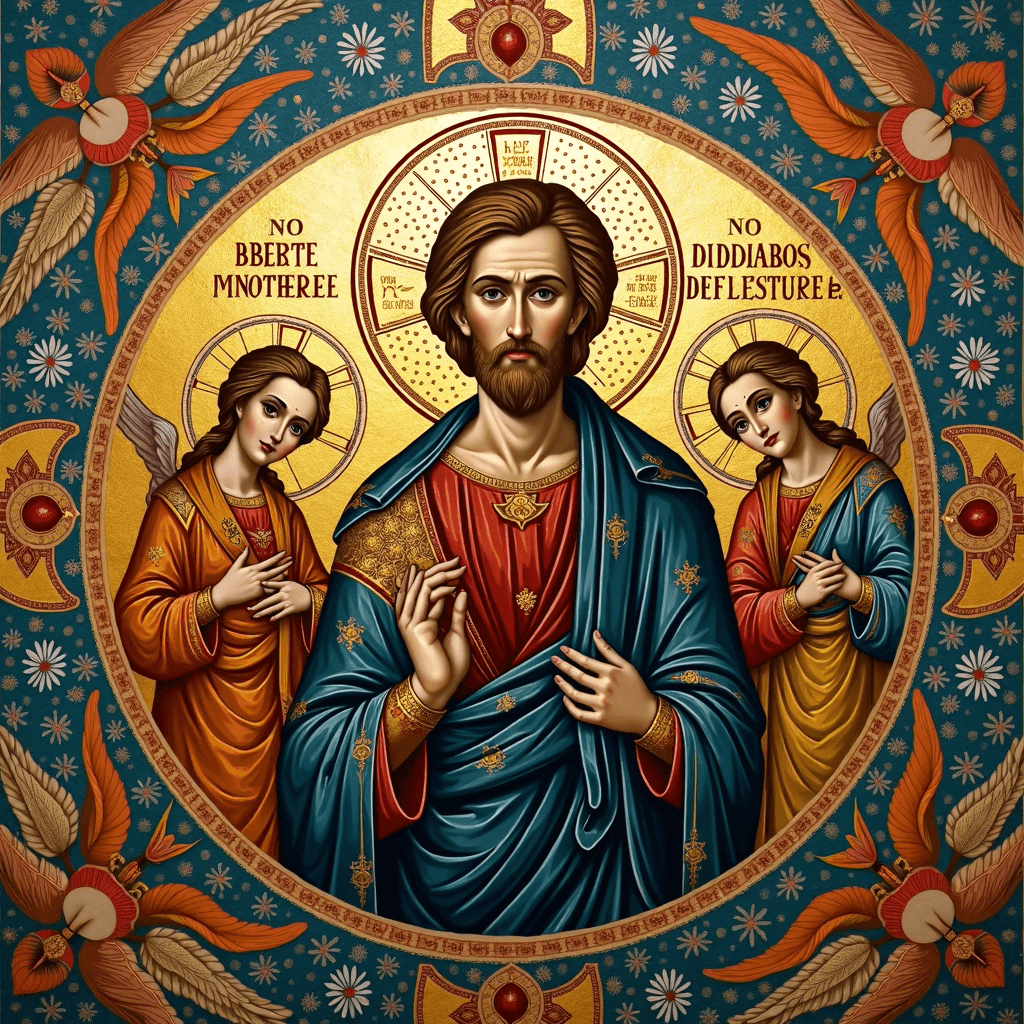
Byzantine Mosaics
Byzantine art style featuring intricate mosaics with religious themes, often using gold backgrounds and vibrant colors to depict saints and biblical scenes.
Quick Navigation
External Resources
Overview
Origin
Byzantine Empire (Eastern Roman Empire)
Historical Period
4th to 15th century CE
Cultural Significance
Byzantine mosaics were used in churches and public buildings to convey religious messages, symbolizing the connection between the earthly and divine realms.

Historical Timeline
527-565 CE
Justinian era, creation of Ravenna mosaics
6th-7th century
Development of distinctive gold background technique
843-1204 CE
Middle Byzantine period, peak of mosaic art
Techniques
Mosaic tiles made of glass, stone, and gold
Gold backgrounds to symbolize divine light
Stylized figures with elongated forms and halos
Narrative scenes with religious themes
Cultural Context
Byzantine mosaics were used in churches and public buildings to convey religious messages, symbolizing the connection between the earthly and divine realms.
Did You Know?
Byzantine mosaics often used gold tesserae to create a shimmering effect, symbolizing the divine light of heaven.